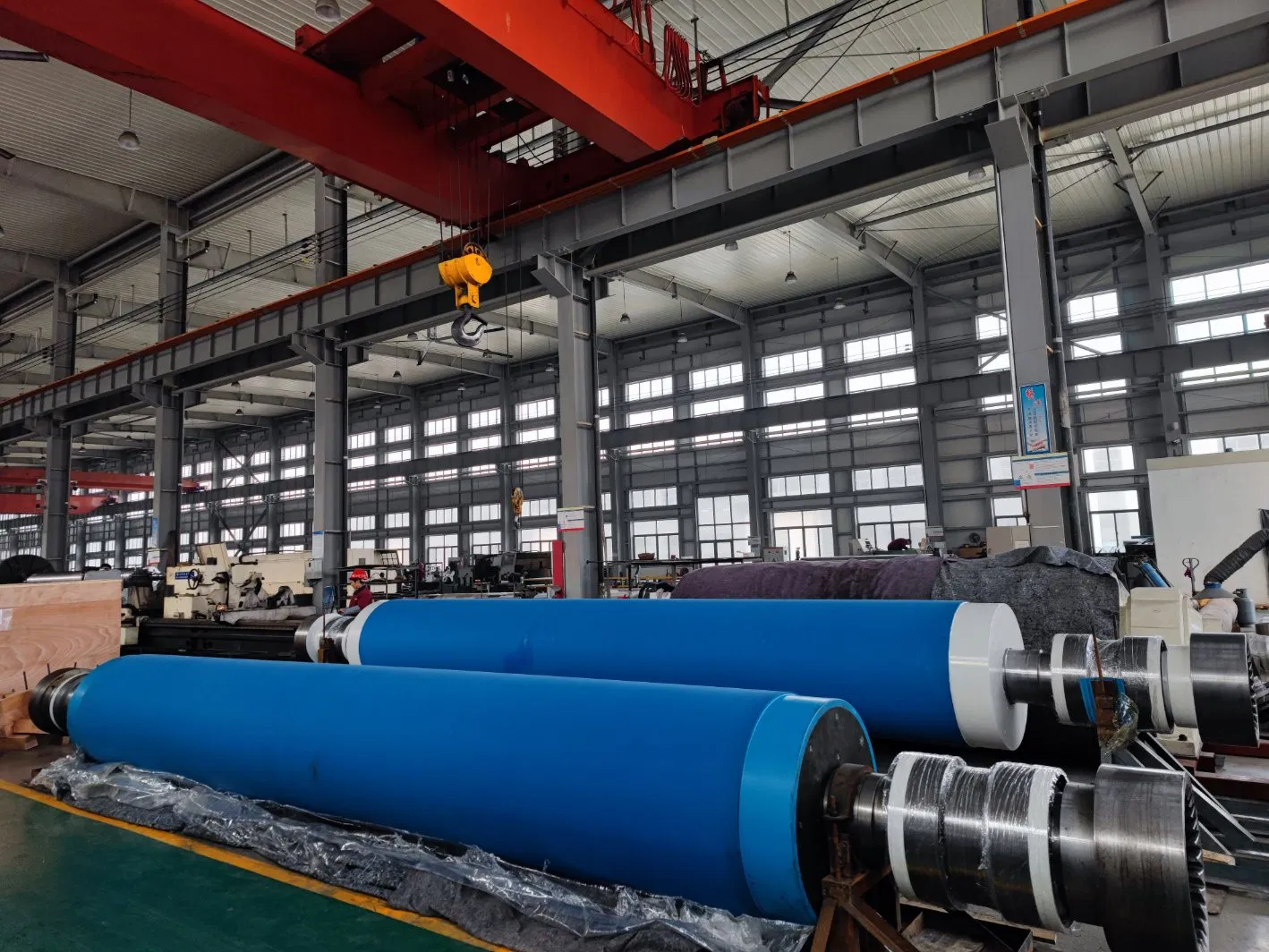
Web breaks and defects originating from the roll are a common and costly problem in numerous industries, from paper and film manufacturing to converting and packaging. These issues can lead to significant downtime, wasted material, and ultimately, a hit to your bottom line. This article provides a comprehensive guide to understanding and preventing roll-related web breaks and defects, helping you maintain a smooth and efficient production process.
Common Causes of Roll-Related Web Breaks and Defects
Several factors contribute to web breaks and defects stemming from the roll. These can be broadly categorized into issues with the roll itself, the winding process, and the web handling equipment. Poor roll construction, including uneven winding tension and density variations, can lead to telescoping or starring, which in turn causes breaks during unwinding. Improper storage conditions, like excessive humidity or temperature fluctuations, can also degrade the web material and make it more susceptible to tearing.
The Importance of Proper Web Tension Control
Maintaining consistent and appropriate web tension throughout the process is crucial for preventing breaks and defects. Fluctuations in tension can stress the web, leading to tears, wrinkles, and register issues. Effective web tension control systems, including load cells and dancer rolls, play a vital role in ensuring consistent tension and minimizing the risk of disruptions. Think of it like a tightrope walker – maintaining balance is key to a successful performance. Similarly, balanced web tension is key to a successful production run.
Effective Winding Techniques for Defect Prevention
Proper winding techniques are essential for creating stable and defect-free rolls. Consistent winding tension, proper alignment, and control of web speed are all critical factors in preventing problems downstream. Utilizing a well-maintained winding system and adhering to best practices will minimize the risk of issues like baggy edges, wrinkles, and core slippage, all of which can contribute to web breaks.
Addressing Roll Storage and Handling Challenges
Even perfectly wound rolls can be compromised by improper storage and handling. Storing rolls in a controlled environment, free from excessive humidity, temperature fluctuations, and direct sunlight, is vital for preserving web integrity. Careful handling during transportation and loading/unloading operations can further minimize the risk of damage and subsequent web breaks. Are you confident in your current storage and handling procedures?
Troubleshooting Common Roll Defects
Understanding the specific types of roll defects, such as wrinkles, baggy edges, and core slippage, can help identify the root cause and implement appropriate corrective actions. This might involve adjusting winding parameters, improving web handling techniques, or addressing environmental factors in the storage area. Preventing Roll-Related Web Breaks and Defects requires a holistic approach, considering all aspects of the process.
Advanced Technologies for Web Break Prevention
Technological advancements are constantly improving web handling processes. Automated web inspection systems can detect defects early on, allowing for timely intervention and minimizing waste. Advanced tension control systems provide more precise and responsive control, further reducing the risk of breaks. Investing in these technologies can significantly improve efficiency and reduce costs associated with web breaks and defects.
The Role of Preventative Maintenance
Regular preventative maintenance of winding and unwinding equipment is essential for minimizing web breaks. This includes routine inspections, cleaning, lubrication, and replacement of worn parts. A well-maintained system operates more smoothly and consistently, reducing the likelihood of tension fluctuations and other issues that can lead to web breaks. Preventing Roll-Related Web Breaks and Defects is an ongoing effort.
Optimizing Your Process for Minimal Downtime
By implementing the strategies outlined in this article, you can significantly reduce the frequency and severity of roll-related web breaks and defects. This translates to less downtime, reduced material waste, and improved overall productivity. Preventing Roll-Related Web Breaks and Defects is an investment that pays off in the long run.
Taking the Next Steps
Ready to take control of your web handling process and minimize disruptions? Start by evaluating your current practices and identifying areas for improvement. Consider implementing the recommendations outlined in this guide, and explore the latest technologies for web break prevention. A proactive approach to web handling can significantly impact your bottom line and contribute to a more efficient and profitable operation.



